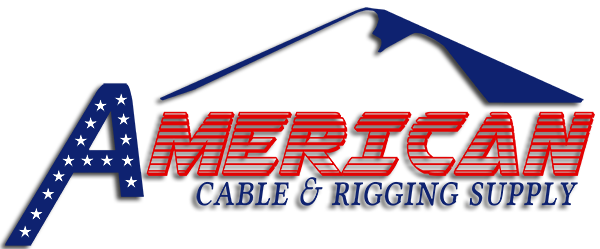
Signs Your Chain Slings Are Experiencing Corrosion
Chain sling corrosion can be a major threat to your employees’ well-being on your jobsite. Typically, when metal comes in contact with chemicals, water, or moisture, it can corrode and wear down.
Although you may see using these chains as a way to cut costs, it’s not worth risking your employees’ welfare or the condition of the materials you lift. Keep an eye on the bearing points where links connect and the outer surfaces on the straight side barrels because those components will see the most damage.
If you notice any of the below signs of chain sling corrosion or any additional indicators of damage, remove the chain from the job immediately so that no workers will feel tempted to use the rigging equipment. You’ll have more peace of mind every time your employees lift and move cargo on your site.
Rust or Discoloration
An obvious sign that your chain slings are starting to corrode is if you notice rust or discoloration to the metal in some areas. Leaving this in an environment with chemicals, moisture, water, or excessive heat could cause chain rusting and discoloration. If you notice any of these signs, remove the sling and replace it with a component in working condition.
Pitting & Stress Cracking
When you leave adjustable chain lifting slings in a corrosive environment and continue to use them, the tensile strength will decrease, which could cause cracking or pitting. If you’re continually hauling weight close to the load-bearing limit of the metal, it will cause more cracking because the equipment is under constant stress. You may also notice pitting or small cavities forming in the chain links, allowing moisture to enter the metal and cause even more irreversible damage.
Non-Uniform Links
For the chain sling to work properly, the chain must meet the dimension requirements to hoist and pull equipment and materials. After corrosion sets in, links will slowly become disorderly and no longer retain the proper dimensions necessary to perform job functions. If you’re unsure whether it is experiencing signs of chain sling corrosion, take a caliper, measure across the damaged section, and compare it to the minimum dimensions allowed — if it does not meet these standards, you cannot use the chain anymore.
Other Signs of Wear & Tear
Another instance on the construction or job site that could damage or put the chain sling out of commission is physical contact between the load and the metal, which results in damage over time. Furthermore, dragging the metal under the load could cause significant damage because it could pass over abrasive materials. Any dents, gouges, defective welds, and throat openings in hooks will all create unsafe rigging conditions.
Never try pushing the chain sling past its limits, or you could create a potentially dangerous working environment. You must inspect this equipment before each working day to ensure the devices are safe to use. Staying dedicated to this practice will help you avoid any accidents on your jobsite. Remove all products showing signs of link or chain sling corrosion so that you can prevent injuries, and replace them with new equipment so your crew can continue to work efficiently and safely.
